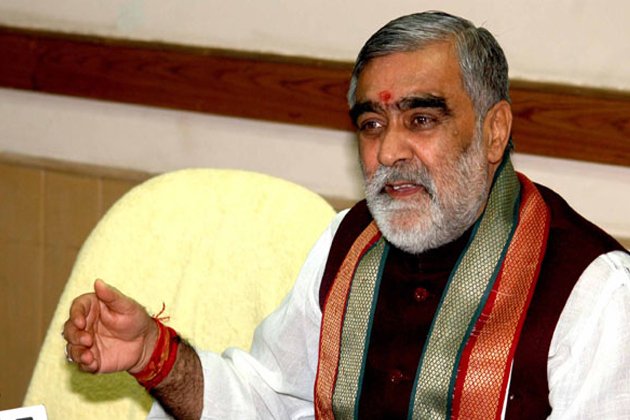Senior BJP leader and former Union Minister Ashwini Kumar Choubey has stirred fresh political debate by expressing his personal wish to see Bihar Chief Minister Nitish Kumar elevated to the position of Deputy Prime Minister.
Speaking to reporters on Thursday, Choubey praised the Janata Dal (United) supremo’s contribution to the National Democratic Alliance (NDA) and his consistent support to Prime Minister Narendra Modi. “Nitish Kumar has been an anchor in the NDA coalition. His contribution is significant. It is my personal wish that he be made the Deputy Prime Minister,” said Choubey.
He added, “If this wish is granted, Bihar will witness the rise of its second son, after Babu Jagjivan Ram, to the office of Deputy PM.”
The comments come amid widespread speculation that the BJP may be exploring an “honourable exit” plan for the 74-year-old JD(U) leader, who is reportedly eyeing a fifth consecutive term in the assembly elections scheduled later this year.
Past reports have suggested friction within the alliance, with even late BJP stalwart Sushil Kumar Modi claiming that Nitish Kumar had considered leaving the NDA in 2022 after not being offered the Vice President’s post.
Choubey’s remarks — made despite being sidelined by the BJP and denied a ticket in the last Lok Sabha elections — were not taken seriously by either his former allies in the JD(U) or the opposition RJD.
JD(U) spokesperson and MLC Neeraj Kumar dismissed the suggestion, pointing to Union Home Minister Amit Shah’s recent interview in which he reaffirmed that Nitish Kumar would lead the NDA in the upcoming Bihar assembly polls.
On the other hand, RJD spokesperson Ejaz Ahmed mocked Choubey’s comments, calling him “a self-proclaimed spokesperson of the BJP, rejected by his own party.” Ahmed added, “The BJP may want to discard Nitish Kumar, but it is Tejashwi Yadav who will occupy the CM’s chair. The BJP can keep daydreaming.”
As the political landscape in Bihar heats up ahead of elections, Choubey’s statement has added a fresh twist to the ongoing power dynamics in the state’s ruling alliance.




